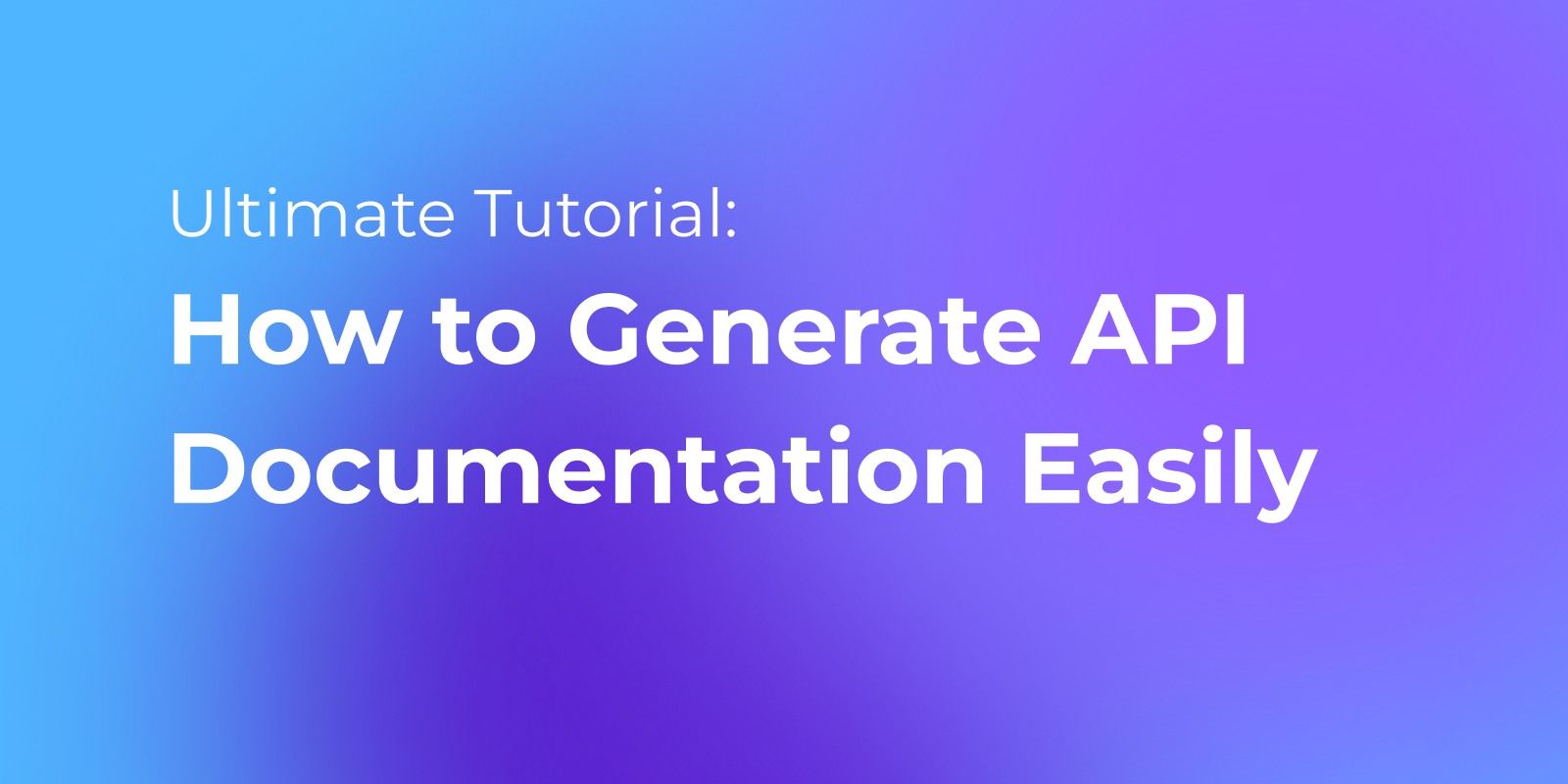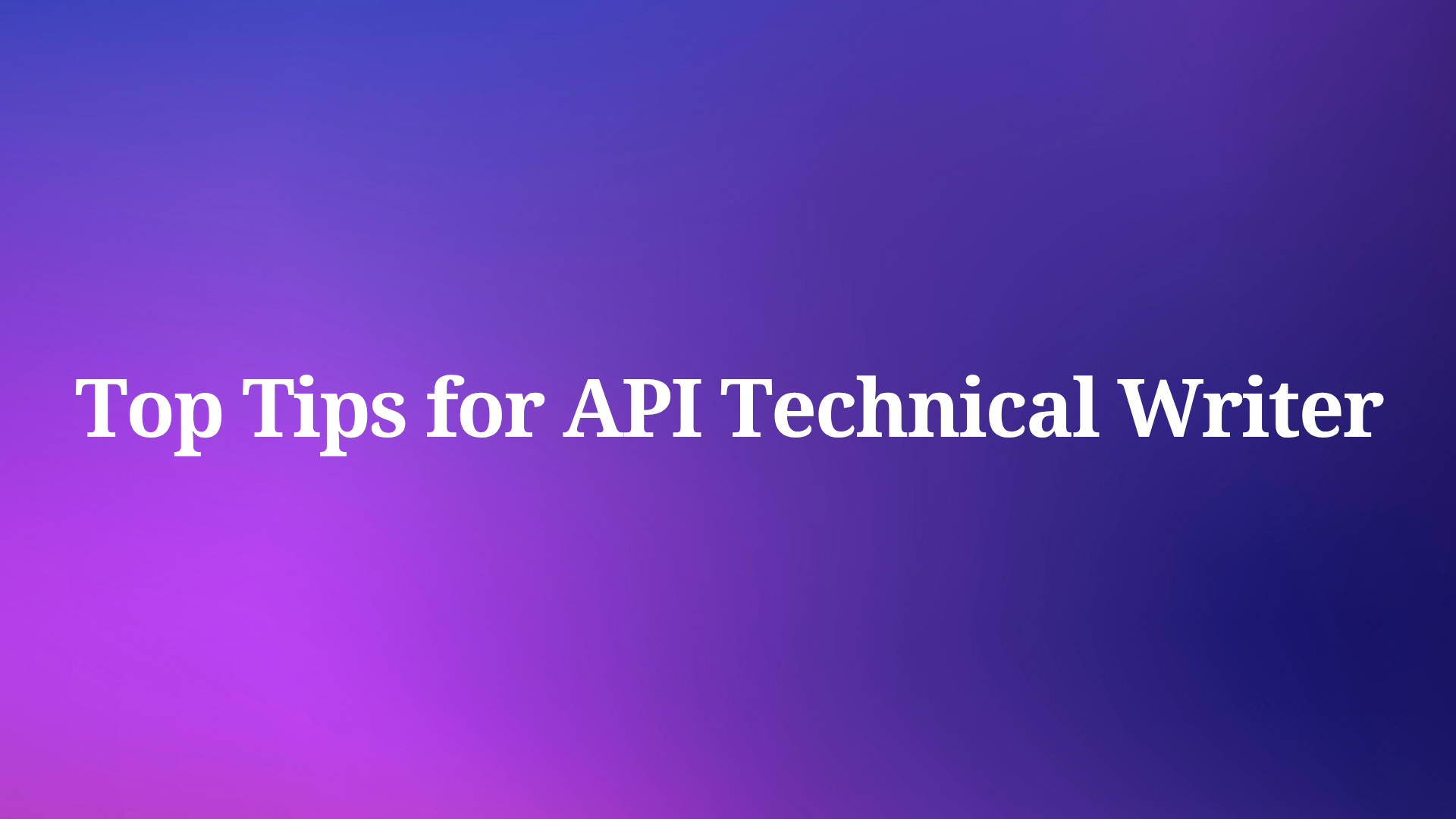Are you tired of clunky GUI editors that hinder rather than enhance your API design process? Look no further than the OpenAPI GUI Editor, a game-changing tool that streamlines the creation and editing of RESTful APIs.
The OpenAPI GUI Editor offers a seamless solution for defining RESTful APIs, providing a user-friendly interface to effortlessly add and update information stored in JSON or YAML formats. While alternatives like Swagger editor exist, they lack the graphical interface users desire. Both OpenAPI-GUI and Apidog are powerful tools that promise to transform the way you create and manage your APIs.
What is OpenAPI-GUI?
OpenAPI-GUI serves as a versatile GUI for crafting and modifying OpenAPI version 3.0.x JSON/YAML definitions. It's particularly valuable for kickstarting and refining straightforward OpenAPI definitions. Notably, it automatically converts imported OpenAPI 2.0 definitions to version 3.0. Originally stemming from Daryl Kuhn's IODoctor project, OpenAPI-GUI is a testament to collaborative innovation in the API community.

User Experience: Embracing Efficiency
Users express enthusiasm for discovering OpenAPI-GUI, notably impressed by its compliance with OpenAPI 3.0 standards and its lightweight, client-side implementation using JavaScript frameworks.
Its effortless deployment on platforms like GitHub Pages or Heroku adds to its appeal, ensuring accessibility and ease of integration within diverse workflows. Noteworthy features include portability, workability, and simplicity, making it an ideal companion for microservices architectures.
Apidog: A Free OpenAPI GUI Editor
Apidog is a feature-rich OpenAPI GUI editor with an intuitive graphical user interface and powerful editing capabilities.
Users can effortlessly create, edit, and manage OpenAPI specification documents, and perform API request testing using Apidog. With intuitive editing capabilities for Paths, Operations, and Parameters, Apidog simplifies the API design process, fostering efficiency and collaboration.

Key Features of OpenAPI GUI Editor
Of course, let me provide a detailed introduction to Apidog to demonstrate that it is a perfect fit for the features of an OpenAPI GUI Editor:
Graphical User Interface (GUI):
Apidog offers an intuitive graphical user interface where users can easily create, edit, and manage OpenAPI specification documents through actions like clicking, dragging, etc., without the need to manually write JSON or YAML.

Support for OpenAPI Specification:
Apidog fully supports the OpenAPI specification, ensuring users can confidently use Apidog to create compliant API documents.

Integration with HTTP Clients:
Apidog integrates seamlessly with HTTP clients, allowing users to directly conduct API request testing within the editor to validate the correctness of API definitions and functionality implementation.
Extensibility:
Apidog is extensible to a certain degree, enabling users to add IDEA plugins or functionalities according to their needs, thereby expanding the editor's capabilities and adaptability to meet the requirements of different scenarios.
Seamless Workflow Integration
OpenAPI-GUI seamlessly integrates into existing workflows, facilitating API governance and design collaboration. Its intuitive interface allows users to effortlessly navigate and customize API definitions, with the ability to export JSON/YAML output for local storage or sharing.
Despite its simplicity, OpenAPI-GUI boasts powerful features such as automatic state-saving and manual save options, ensuring data integrity and minimizing the risk of loss during editing sessions.
Conclusion
In conclusion, OpenAPI GUI Editor revolutionizes API development, offering a comprehensive yet user-friendly platform for crafting and refining RESTful APIs.
In conclusion, Apidog is a powerful OpenAPI GUI editor with rich features and an intuitive user interface, facilitating users in effortlessly creating, editing, and managing OpenAPI specification documents while seamlessly integrating and testing with actual API implementations. It perfectly embodies the features expected of an OpenAPI GUI Editor.




